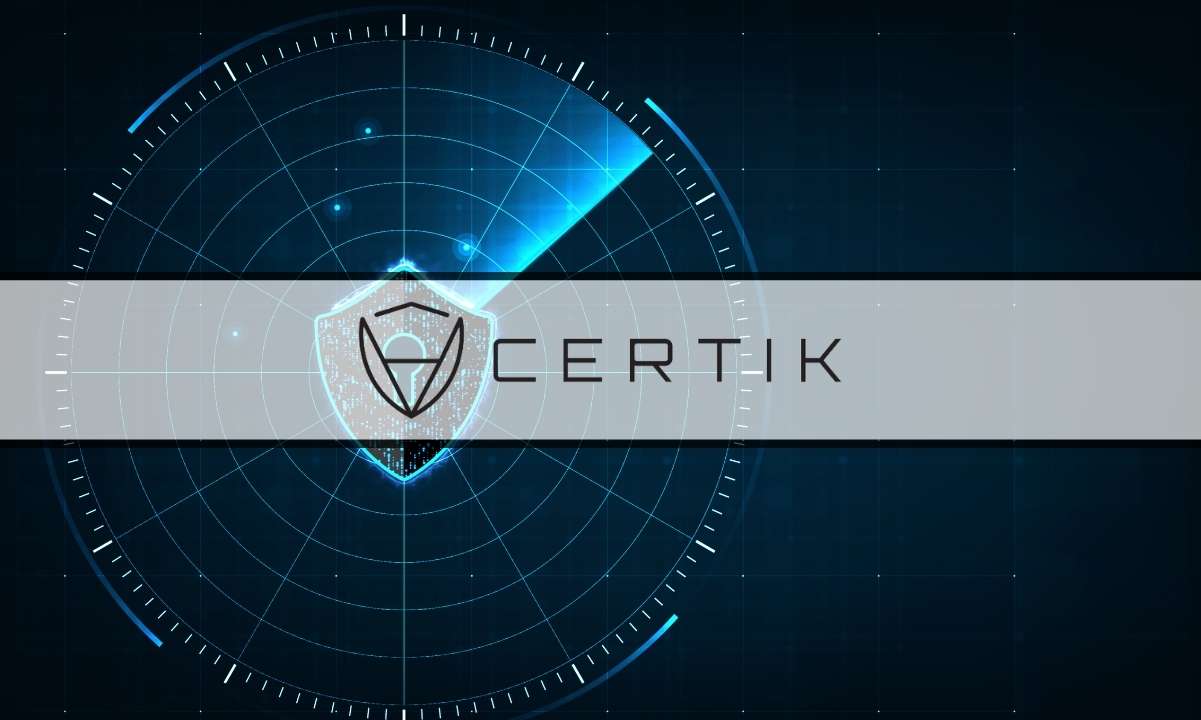
Mitigating DNS Hijacking Attacks: Protecting Your Digital Assets
Have you ever wondered how cyber adversaries manage to steal millions of digital assets? One common method is through DNS hijacking attacks. These attacks involve manipulating the Domain Name System (DNS) to redirect users to fraudulent websites or intercept their queries without their knowledge. By doing so, hackers can deceive users into divulging their wallet seed phrases or downloading malware.
But there’s hope! A recent report by CertiK reveals a practical solution to tackle these challenges: decentralized frontends. By transitioning to decentralized infrastructure, we can significantly reduce the vulnerability of Web3 projects to DNS hijacking attacks.
The Impact on DeFi Protocols
DNS hijacking poses a serious threat to the internet’s infrastructure. It can render public DNS services inaccessible or redirect users to malicious websites. The attacker achieves this by substituting the legitimate IP address with a malicious one, enabling them to intercept users’ queries and direct them to fraudulent sites.
In 2021, CreamFinance and PancakeSwap experienced DNS hijacking attacks. The following year, Ankr’s public RPC gateways for Polygon and Fantom wallets were compromised. Several other protocols, such as MM.Finance, Curve Finance, Celer Protocol, SpiritSwap, and QuickSwap, also reported frontend breaches due to DNS hijacking.
These incidents highlight the interconnected security between Web2 and Web3. The vulnerabilities in Web2 directly impact the Web3 ecosystem.
A Decentralized Solution
To combat DNS hijacking attacks, CertiK recommends adopting a combination of InterPlanetary File System (IPFS) and Ethereum Name Service (ENS). These decentralized and Distributed Ledger Technology (DLT)-based solutions prioritize content authenticity, minimize points of failure, and reduce vulnerabilities associated with centralized control.
“The future security of Web3 projects and their users relies on embracing decentralized infrastructure and strengthening both human and technological defenses.”
Hot Take: Protect Your Digital Assets with Decentralized Infrastructure
Don’t let cyber adversaries steal your digital assets. By adopting decentralized infrastructure and leveraging technologies like IPFS and ENS, you can safeguard your funds from DNS hijacking attacks. Stay one step ahead and ensure the security of your Web3 projects and yourself.





 By
By
 By
By
 By
By
 By
By

 By
By